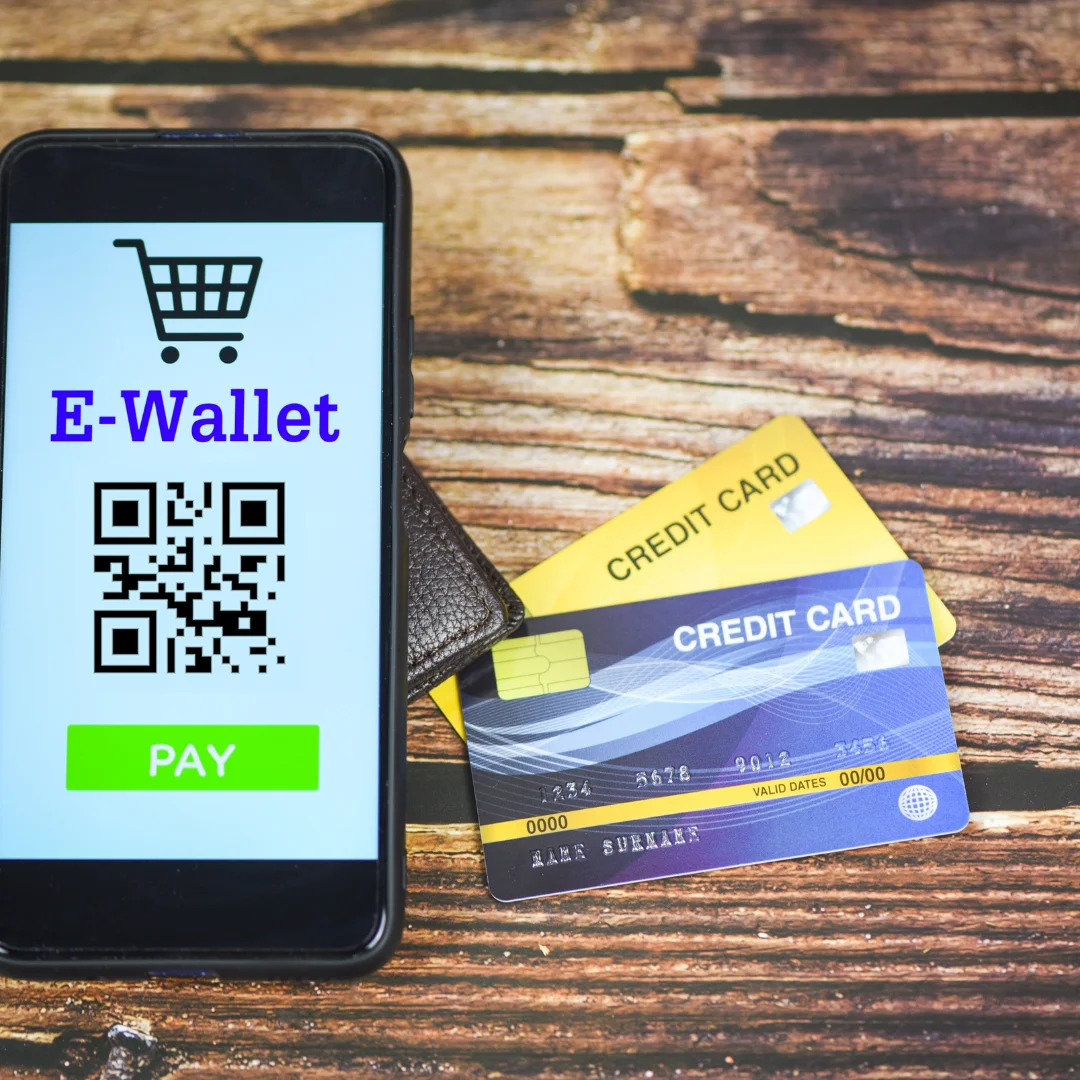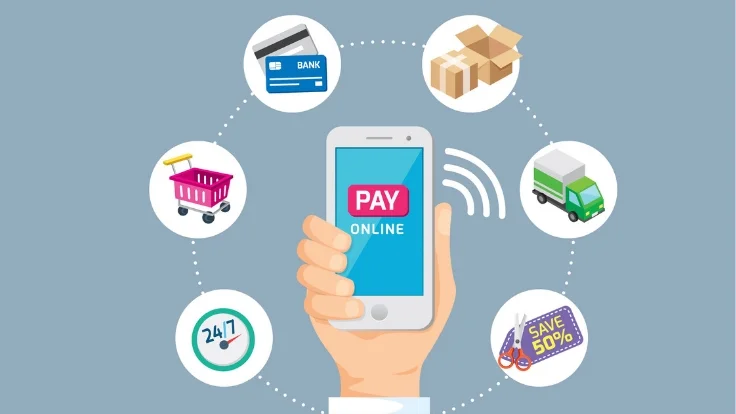Open banking has transformed the economy, reshaping how people interact with their money and facilitating the rise of digital payments. Open banking, which enables the secure sharing of financial information between financial institutions through APIs (application programming interfaces), has had a significant impact on the digital payments industry, making it easier for consumers and businesses, increasing competition, and improving financial services.
One of the most important effects of open banking on digital payments is the increased convenience it offers to users. Through open banking APIs, customers can seamlessly connect their bank accounts with third-party payment providers, such as mobile wallets and payment apps. This integration removes the need to manually enter payment information, simplifying invoicing and reducing the chances of error. Open banking gives customers multiple payment options, real-time viewing of their financial data, and greater control over their finances, all in one app.
Moreover, open banking has stimulated healthy competition in the digital payments sector. As traditional banks and fintech startups embrace open banking principles, new entrants can enter the market faster, sparking innovation and providing more user-centric payment solutions. This competition encourages companies to create user-friendly interfaces, enhance security measures, and offer attractive incentives, ultimately benefiting customers by providing reliable, efficient, and cost-effective options.
The security aspect of digital payments has also improved due to open banking. While the idea of sharing financial data can raise concerns, open banking encourages strong security standards and encryption protocols, ensuring sensitive data remains safe during transactions. This increased security has boosted consumer confidence, especially among individuals initially hesitant about the technology.
Additionally, the impact of open banking in digital payments has spread across sectors. By integrating open banking APIs into their systems, companies can facilitate faster, safer, and more cost-effective payment processing. This has huge implications for e-commerce businesses, as streamlined digital payments enhance the overall shopping experience and reduce cart abandonment.
In conclusion, open banking has led to a paradigm shift in the digital payments ecosystem, redefining how transactions are made, financial information accessed and used through increased convenience, increased competition, enhanced security, and customized financial services It promises many more changes in the next few years.










